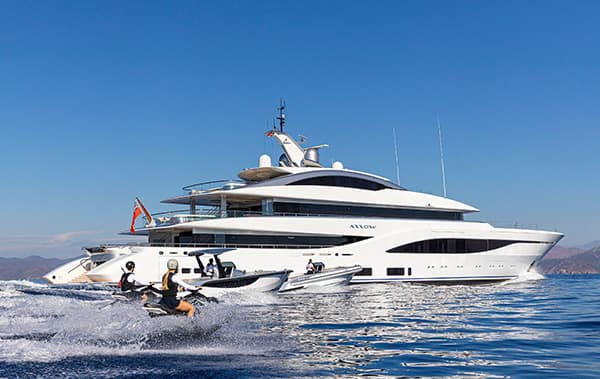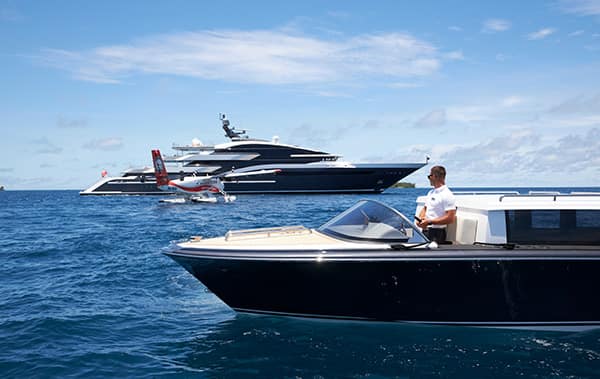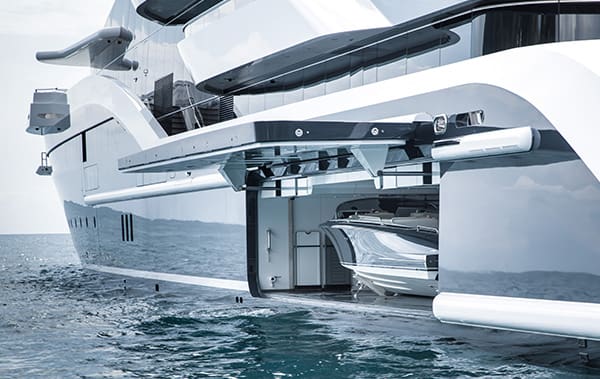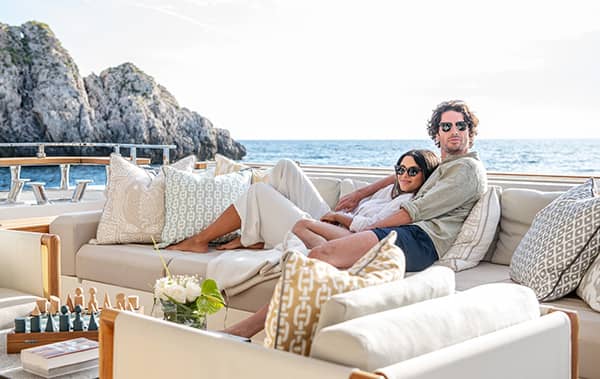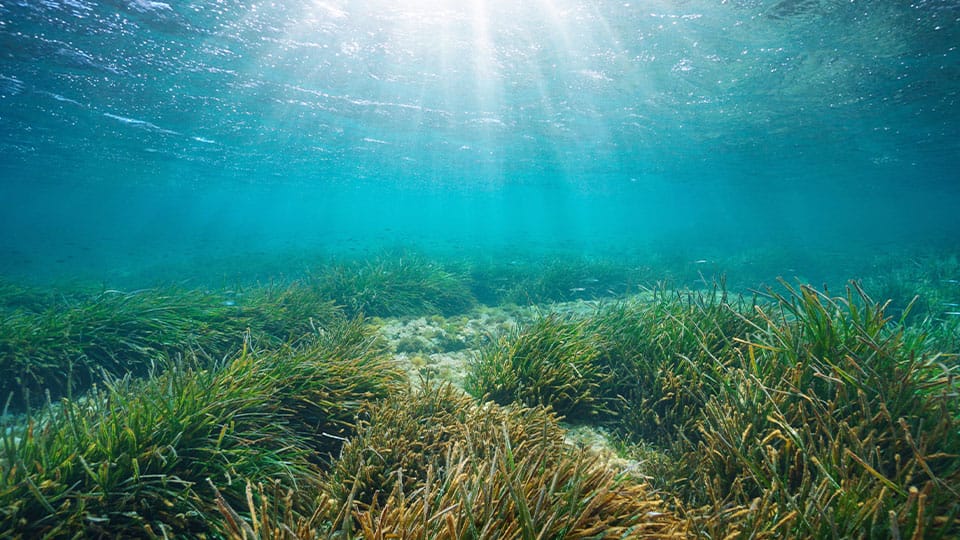World Seagrass Day: Protecting Posidonia for our ocean’s future
Seagrass may not get as much attention as coral reefs or rainforests, but it plays an equally vital role in marine ecosystems and climate resilience. In the Mediterranean, Posidonia oceanica—a key seagrass species—is a lifeline for biodiversity, coastal protection, and carbon storage. Yet, it’s under serious threat.
Why Protecting Posidonia Matters
Seagrass meadows absorb carbon dioxide 15 times faster than the Amazon rainforest, making them one of nature’s most powerful tools in the fight against climate change.
Posidonia meadows provide food, shelter, and breeding grounds for over 1,000 animal species and 400 plant species. From fish nurseries to sea turtle hideaways, these underwater forests are essential to ocean biodiversity.


The deep-rooted structure of Posidonia stabilises the seabed, reducing coastal erosion and buffering the impact of storms. This natural defence is crucial for protecting coastal communities and infrastructure from extreme weather events.
The threats Posidonia faces
Despite its importance, we have lost 34% of Posidonia meadows in the last 50 years, primarily due to anchor damage, pollution, and climate change. Without urgent action, this decline will continue, putting marine ecosystems and climate resilience at risk.
In Greece, Conservation Collective works with grassroot programmes to raise awareness and collect crucial data on seagrass conservation. These initiatives include:
- The Cyclades Preservation Fund (CPF) educates local communities and boat users through awareness campaigns, events, and informative signage.
- CPF promotes sustainable yachting through their guide to help avoid anchoring on sensitive seagrass beds.
- The Ionian Environment Foundation conducts drone surveys in partnership with iSea to monitor damage. Their data indicates that 58% of recorded boats were anchored over pristine meadows. This research will drive local interventions to prevent further harm.


Be a Seagrass guardian
Protecting Posidonia means safeguarding marine life, coastlines, and our planet’s climate. Small actions like anchoring responsibly and spreading awareness make a huge difference in preserving these underwater forests for future generations.
For more information on the Conservation Collective and the foundations they support, please visit their website today.

